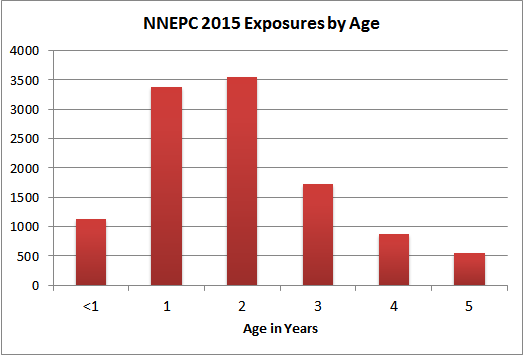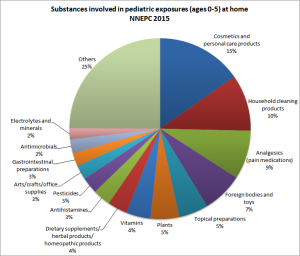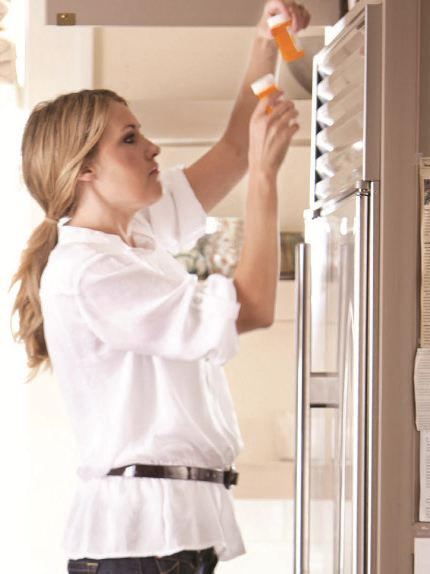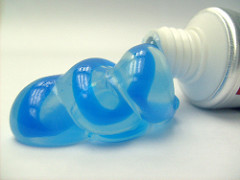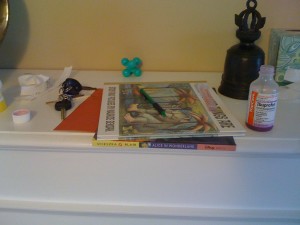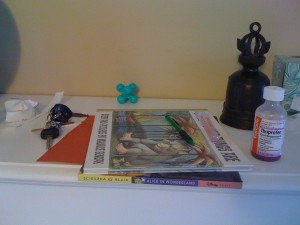Have you ever walked into a room to find a child’s face covered in marker ink?
Fortunately, most common kids’ art supplies are nontoxic, and a quick call to the poison center at 1-800-222-1222 can put your mind at ease.
You can also get some peace of mind when you buy art supplies by looking for a seal from the ACMI—the Art and Creative Materials Institute. Most art supplies have one of two ACMI seals.
 If the product has the AP seal, which stands for approved product, that means it has been certified as nontoxic. Products with the AP seal do not have any materials in a large enough quantity to cause short- or long-term health problems. These include products like crayons and children’s markers. All products aimed at children fall into this category.
If the product has the AP seal, which stands for approved product, that means it has been certified as nontoxic. Products with the AP seal do not have any materials in a large enough quantity to cause short- or long-term health problems. These include products like crayons and children’s markers. All products aimed at children fall into this category. If the product has the CL seal, which stands for cautionary labeling, that means the product is safe if it is used according to the directions, but may cause some harm if used improperly—for example, if a child swallows it. These include products like glazes, spray paints and rubber cement. The ACMI recommends that children in grade 6 or lower not use these products.
If the product has the CL seal, which stands for cautionary labeling, that means the product is safe if it is used according to the directions, but may cause some harm if used improperly—for example, if a child swallows it. These include products like glazes, spray paints and rubber cement. The ACMI recommends that children in grade 6 or lower not use these products.
Learn more about the ACMI seals on the organization’s website. Note that the ACMI only certifies products that are sold as art supplies, not office supplies or home improvement products.
Keep in mind that even though most art supplies are not poisonous, they may present a choking hazard. Keep small pieces out of the reach of young children, and keep an eye on young kids when they are using art supplies.
For more information on a few specific art supplies, visit these pages in our A to Z index:

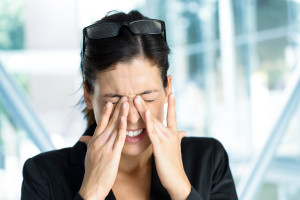
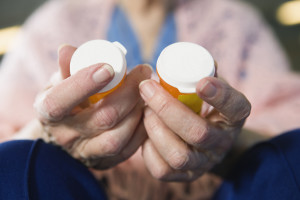 Do you regularly take more than one medication?
Do you regularly take more than one medication?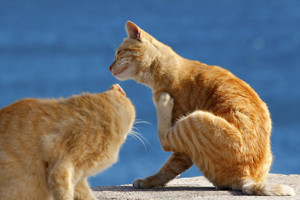
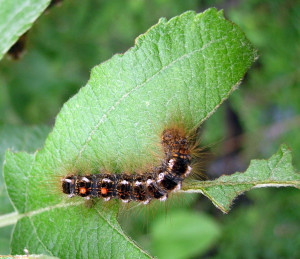

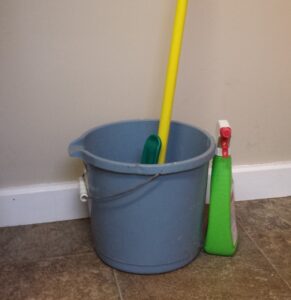
 Every day poison centers receive calls from and about people of every age, from infants to people in their 80s and beyond. Some types of poisoning are more common at specific ages, while others are common at every stage of life, such as medication errors.
Every day poison centers receive calls from and about people of every age, from infants to people in their 80s and beyond. Some types of poisoning are more common at specific ages, while others are common at every stage of life, such as medication errors.